Vietnam will face severe power shortage from 2021 - ministry
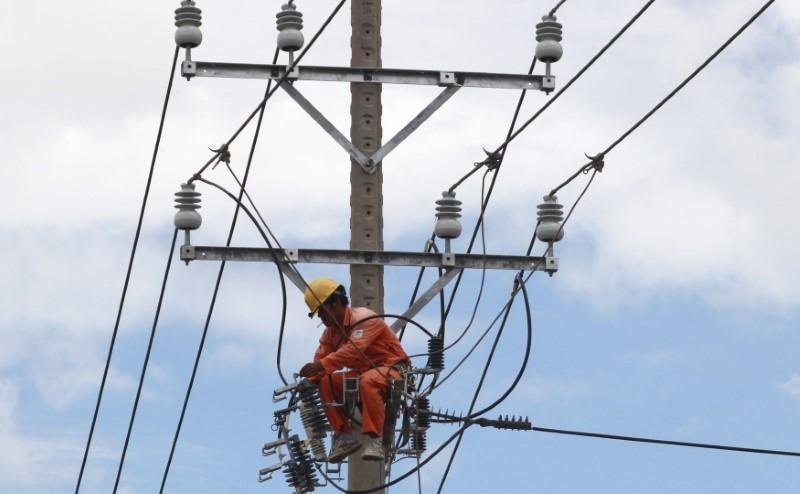
A worker fixes electricity grid in Vietnam’s southern Mekong delta city of Can Tho, August 23, 2015. Photo: Reuters
The lack of energy infrastructure could put the brakes on foreign investment inflows into one of Asia’s fastest-growing economies and challenge Vietnam’s position as the top beneficiary of the U.S.-China trade war.
Vietnam’s demand for electricity will exceed its supply by 6.6 billion kilowatt hours (kWh) in 2021, increasing to 15 billion kWh by 2023, equivalent to about 5% of forecasted demand for electricity then, the ministry said in an emailed statement.
In addition to the shortfall, many energy projects in Vietnam have been facing long delays, the ministry told Reuters.
“Developers are facing difficulties securing sufficient funds from local sources, and the government has limited its guarantee for foreign loans,” the ministry statement said.
Vietnam will need an average of $6.7 billion a year to expand its annual power generation capacity by 10% between 2016 and 2030, it added.
“This is a big challenge, given that current electricity prices in Vietnam are barely enough for the developers to make a profit,” the statement said.
Last month, state media said 47 of Vietnam’s 62 electric generation projects of 200 megawatts (MW) or more faced delays, with some at least two years behind schedule.
With a population of 96 million and annual gross domestic product growth of about 7% backed by robust foreign investment and exports, Vietnam’s power generation will need to rise from about 48,600 MW currently to 60,000 MW by 2020 and 129,500 MW by 2030, according to government data.
Daine Loh, power and renewables analyst at Fitch Solutions, said the potential power shortage will pose some degree of risk to Vietnam’s manufacturing sector, but the shortage won’t be significant enough to have a severe impact on foreign investment into the country.
“We believe that Vietnam will have the capacity to resolve their power shortages by increasing electricity imports over the coming years, which will come largely from Laos and China,” Daine said on Wednesday.
He said Vietnam already has some infrastructure in place to buy up to 1 GW of electricity a year from its neighbours.
The World Bank last year said that Vietnam needs to invest up to $150 billion by 2030, almost twice the $80 billion spent on its power sector since 2010.
Vietnam is increasingly reliant on coal, which makes up 38.1% of the country’s generating capacity, the ministry said, adding that Vietnam will have to use 720 million tonnes of domestic coal in addition to 680 million tonnes of imported coal to feed its power plants during the 2016-2030 period.
It will also have to import liquefied natural gas (LNG) for its power plants, the ministry said, and the power shortage is expected to subside gradually after 2025 when several new gas-fired power plants go online.
Fitch Solutions’ Daine said the key risks to foreign investment and other economic benefits in Vietnam are more likely to stem from political factors, referring to ongoing disputes over the South China Sea.
VNF ( Reuters )
Recommended
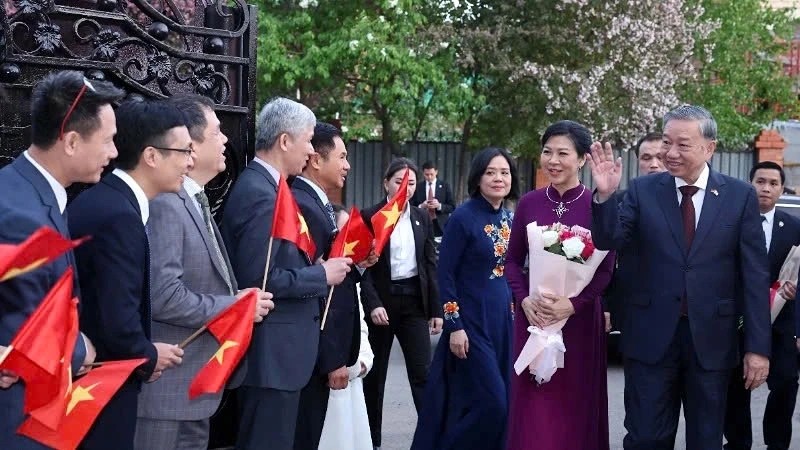 National
National
Vietnam News Today (May 6): Party Leader To Lam Meets Vietnamese Expatriates in Kazakhstan
 National
National
Boarding Kindergarten Children Supported with VND360.000/Month
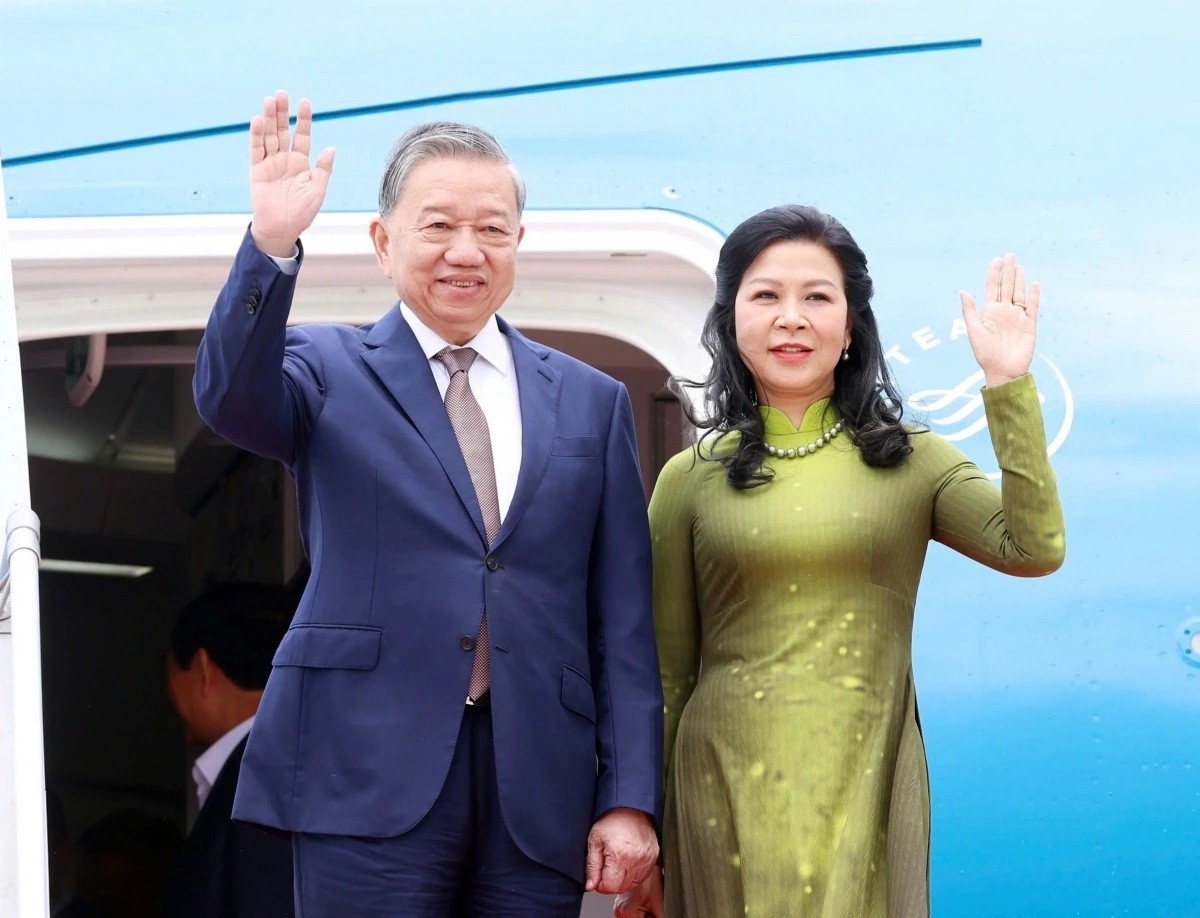 National
National
Vietnam News Today (May 5): Party Chief To Lam’s Trip to Russia Carries Special Strategic Significance
 National
National
Vietnam News Today (May 4): Vietnam, Sri Lanka Deepen Traditional Friendship, Comprehensive Cooperation
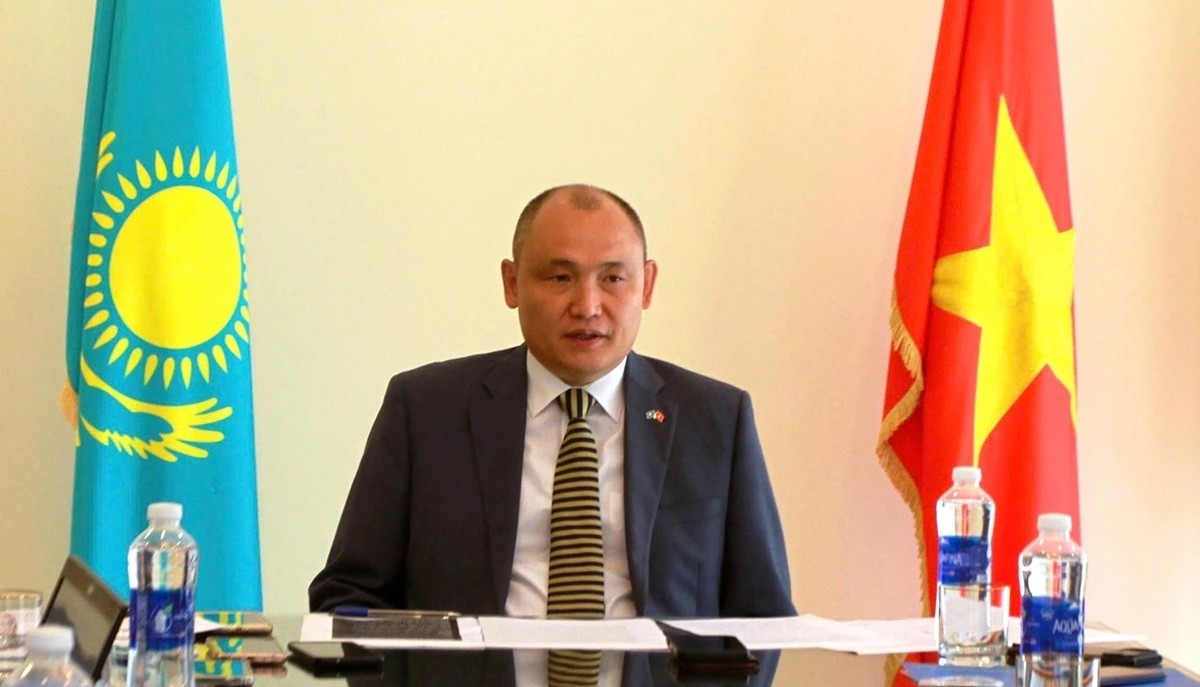 National
National
Vietnam News Today (May 3): Vietnam And Kazakhstan to Elevate Relations to Comprehensive Partnership
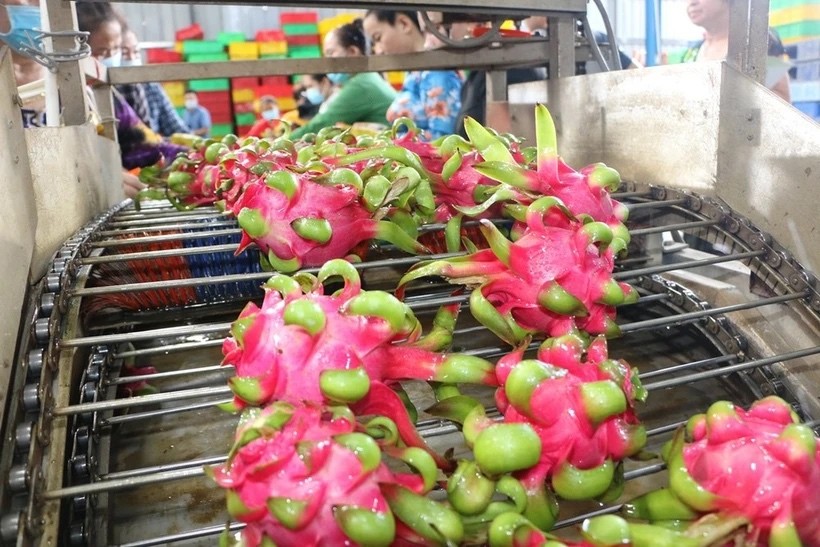 National
National
Vietnam News Today (May 2): Overseas Vietnamese Help Vietnamese Products Go Global
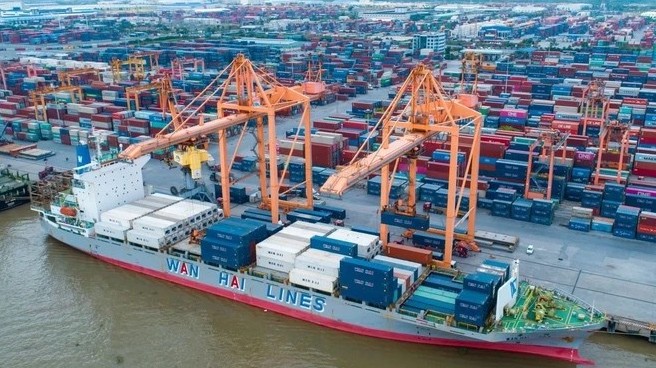 National
National
Vietnam News Today (May 1): Vietnam to Become Second-Largest Economy in Southeast Asia by 2036
 National
National
